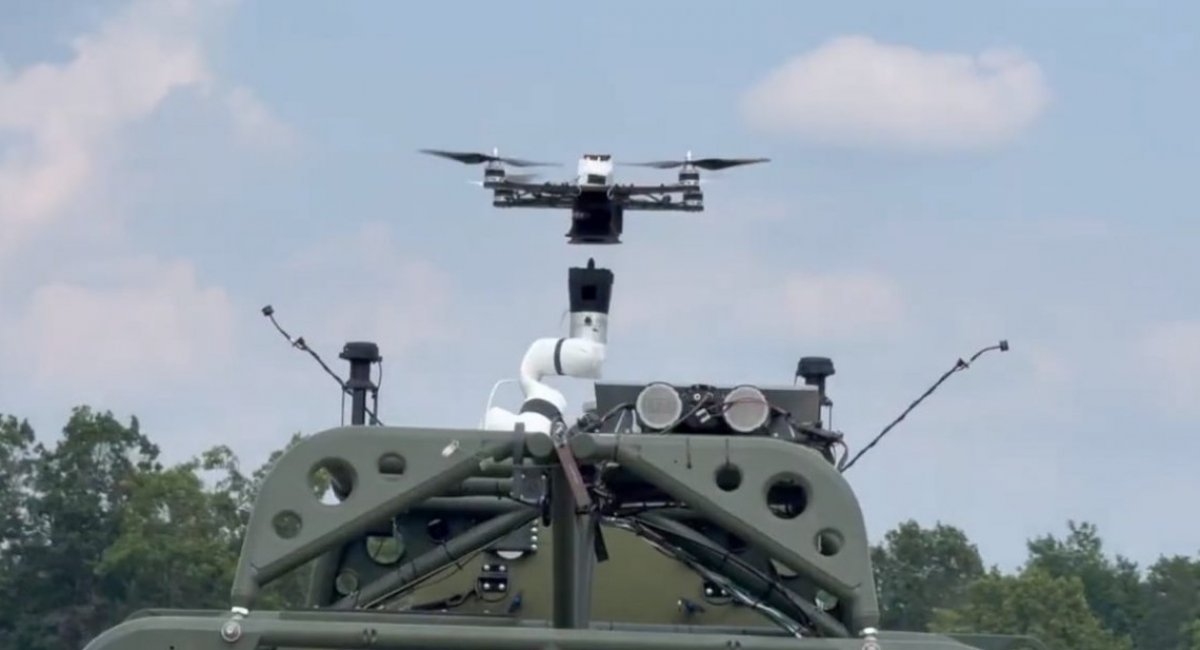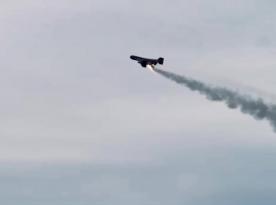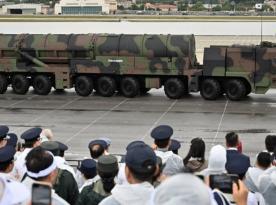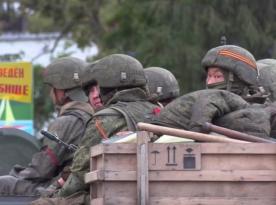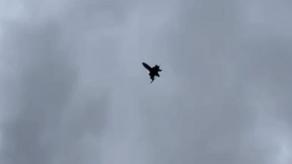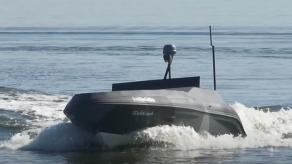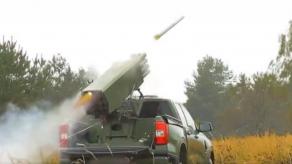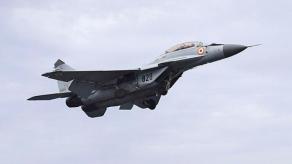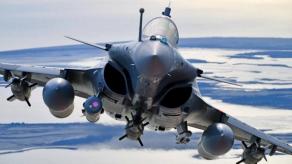American company Target Arm has developed and unveiled robotic systems Ralar and Tular, designed to launch and recover drones without stopping the vehicle or exposing the crew. The goal is to reduce risk to personnel and automate drone operations.
Although the project looks like a typical startup effort, the company has already tested its systems during military exercises and even secured contracts from the U.S. armed forces worth a total of $5 million. In short, the idea has attracted potential users.
Read more: After 10 Years of Development, Eurodrone Completes Its CDR, Moves Forward Independently of U.S.
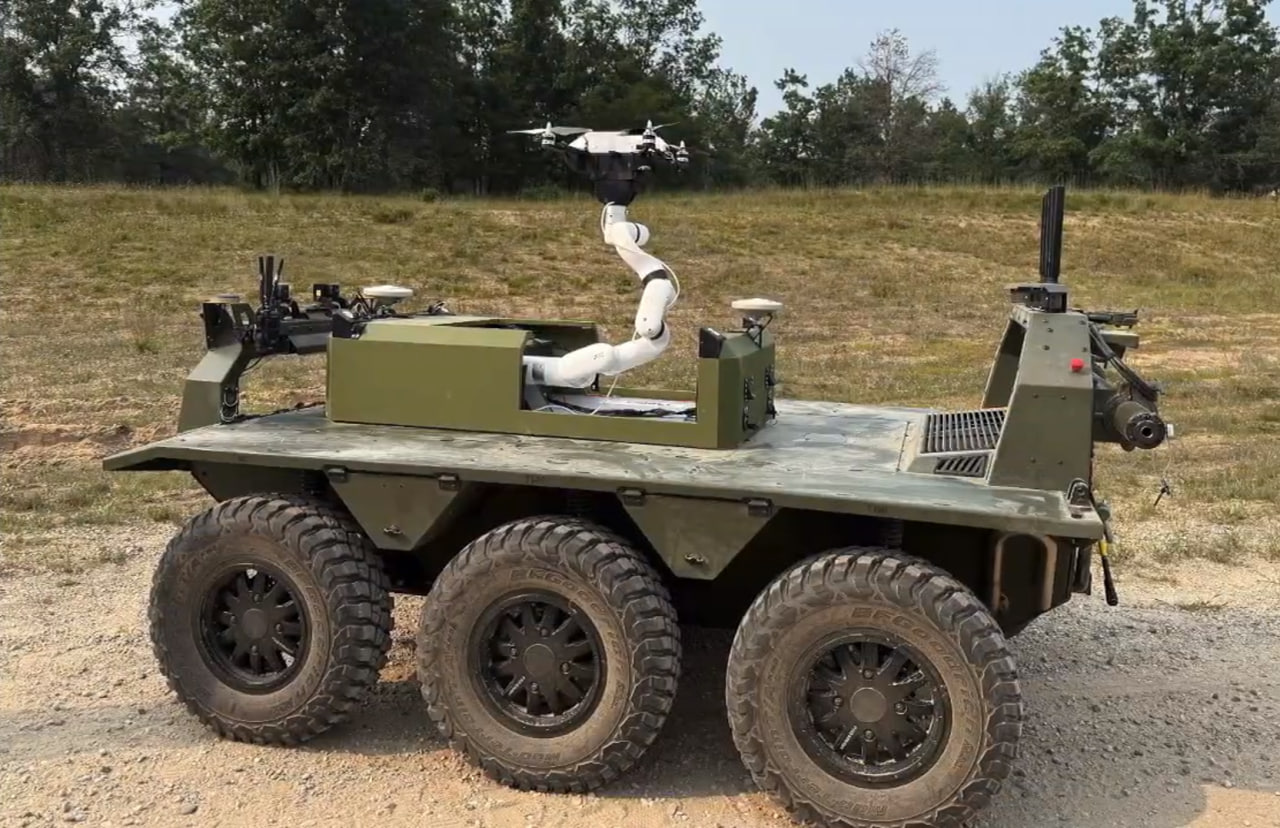
Regarding the systems themselves, Tular appears to have come first: it is essentially a trap into which a drone flies to land, after which it is secured and enclosed. The same device can also function as a launcher that opens to let the drone take off.
The system was demonstrated on an unmanned robotic chassis, creating a mobile automated platform that adds flexibility and improves crew safety. There was also a prototype mounted on a buggy, and in principle Tular can be fitted to any automotive platform, though so far not every option has found a buyer.
Perhaps the more interesting solution is Ralar a robotic arm designed to catch drones on the move. It also includes launch capability. The design is modular, which increases tactical flexibility on the battlefield.
Potential host platforms include any vehicle type: cars, armored vehicles, unmanned robotic chassis, or even aircraft. Promotional materials show installations on an unmanned robotic chassis, a maritime drone, a pickup truck, a hatchback and even the ISV buggy that the U.S. military is now re-equipping with.
The system operates automatically using high-precision navigation and positioning technologies. Target Arm promotes it as a universal solution, though it clearly requires integration with a given UAV to function correctly.
These developments can save crews' lives on the battlefield, increase the mobility of unmanned units and bring the reality of robotic warfare closer. Questions remain about how the systems will perform in practice and in static, entrenched battlefields, but the arrival of automated launch-and-recovery systems mounted on vehicles was to be expected.
Read more: South Korea Moves the Hyunmoo-5 Ballistic Missile into Mass Production, a Strategic Answer to North Korea's Nuclear Arsenal




